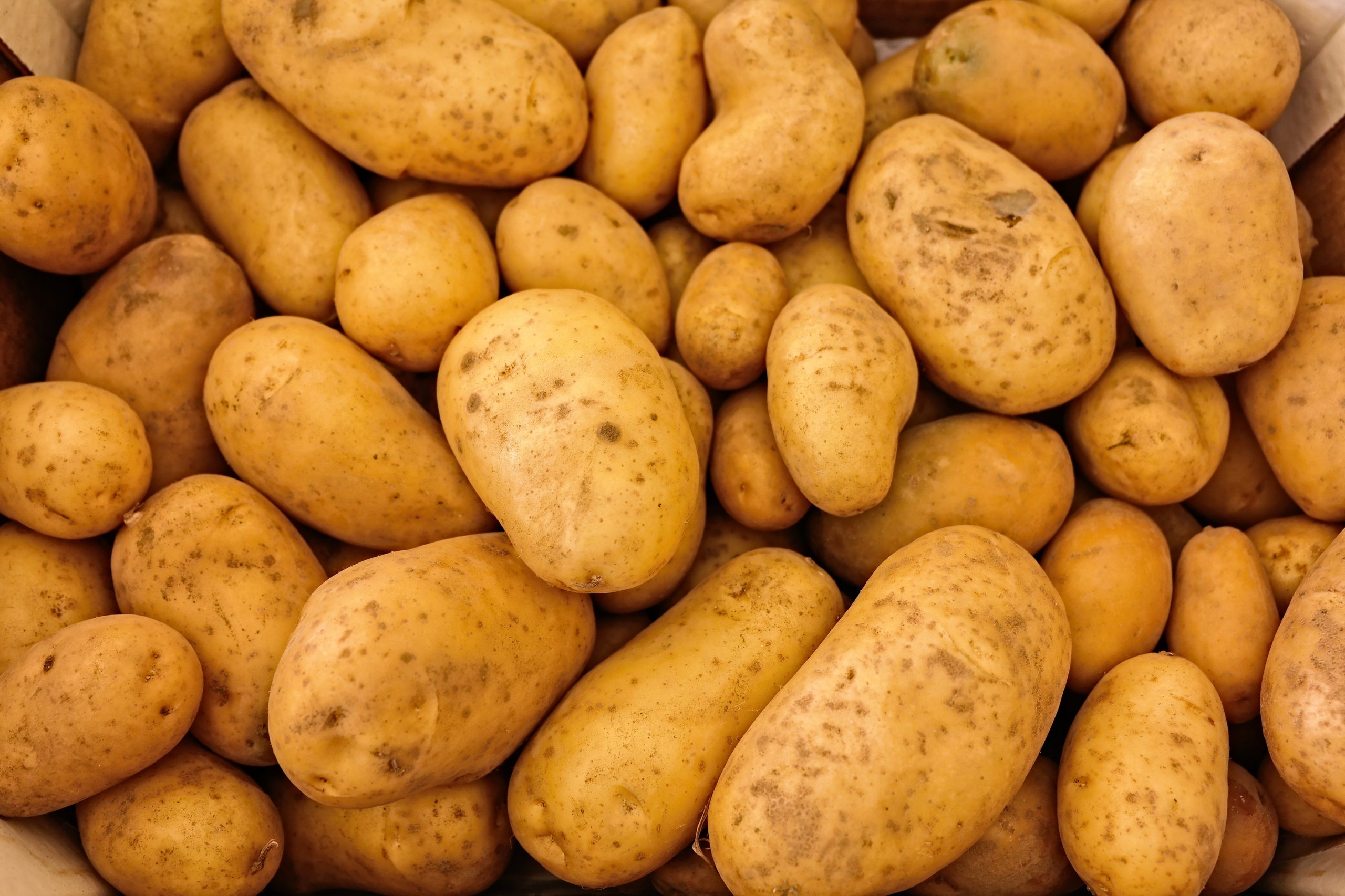Monitoring Program Reveals Higher Potato Psyllid Populations and Potential Zebra Chip Threat
The University of Idaho, in collaboration with crop consultants across the state, has launched its annual potato psyllid monitoring program for the 2024 growing season. Funded by the Idaho Potato Commission and supported by generous contributions from cooperators, this initiative is crucial for managing the risk of zebra chip disease (ZC) and its associated bacterium, Liberibacter solanacearum (Lso).
Overview of the 2024 Monitoring Program
The 2024 potato psyllid monitoring program began last week with the deployment of sticky traps across 58 commercial potato fields in southern Idaho. This extensive monitoring effort is set to continue for at least 10 weeks, with a total of 4 sticky traps placed per field at all sites. The goal of this program is to track the population dynamics of the potato psyllid (Bactericera cockerelli), identify the presence of Lso, and assess the risk of zebra chip disease affecting potato crops this season.
Recent Observations and Data
As of the most recent data collection, traps from all 58 fields have been analyzed. A total of 53 psyllids were captured across 19 of these fields, with significant concentrations observed in the following counties: Payette, Canyon, Owyhee, Twin Falls, Jerome, Cassia, Minidoka, and Bingham. Notably, 43 psyllids were collected from 10 fields in Twin Falls County, indicating a localized increase in psyllid activity.
Additionally, a psyllid from the Kimberly Research & Extension Center tested positive for Lso. The results from the latest tests will provide further insights into the incidence of Lso and its potential impact on zebra chip disease risk. Historically, early-season captures often show a few Lso-positive psyllids, with numbers typically decreasing as the season progresses. However, the higher than usual psyllid captures this year suggest a potential increase in ZC risk.
Implications for Potato Growers
The elevated psyllid populations and the detection of Lso in early traps underscore the need for proactive integrated pest management (IPM) strategies. Growers are advised to review and implement comprehensive IPM programs to mitigate the risks associated with zebra chip disease. Effective management practices include regular field inspections, the use of pest-resistant potato varieties, and timely application of insecticides.
For detailed information on managing potato psyllids and preventing zebra chip disease, growers can refer to the University of Idaho’s Psyllid Management Guide.
Monitoring Resources
To stay informed about ongoing monitoring efforts and data, stakeholders can access the Idaho Pest Monitoring Dashboard for graphical summaries of psyllid captures from 2020 through 2024. Additionally, the weekly data by site is available in an accessible spreadsheet format for those seeking specific data points.
Future Outlook
Given the higher early-season psyllid captures and the presence of Lso, it is essential for potato growers to remain vigilant throughout the growing season. Continued monitoring and prompt action in pest management will be key to minimizing the impact of zebra chip disease on Idaho’s potato crops.


